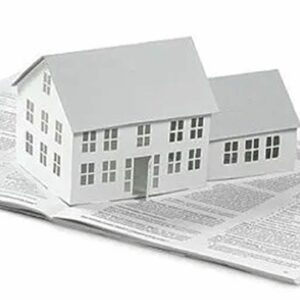Every winter Iface the same old scenario: floating bamboo floor joints start to seperate, crown molding pulls away from my coffered ceiling and cracks appear in the drywall. Every year I re-caulk wherever I can and hope that it will eventually stop.
This year however the shrinking has effected my cabinets where they meet tile on the floor. The studs in my bathroom wall have shrunk so much that they are pulling the tile back-splash from the tile countertop. Some of the bamboo floor joints could hold a quarter in them. Even my tiled shower walls are seperating.
SO my question is this: how much is too much? I have 2 humidifiers running full-time. I cant remember what their coverage is but I think they are overkill. I have a 1800 ft home.
Do whole house humidifiers work? Are theya waste of money and water? Should i just live with the damage that is occuring with my grout every year?
thanks in advnce


















Replies
Data please
What is the typical interior RH and temp in your house? How are you measuring it?
I have a La Crosse weather station that measure all sorts of conditions for inside and out. Currently my RH inside is 36%.
I have a slab house only 3 years old. Keep in mind, everything goes back to normal inthe spring/summer. I worry that the drastic contraction is going to cause nail pops in the drywall as well as...anything unforsee-able. plus,...I just dont like it.
Keep in mind that many of the symptoms you're seeing may be due to the ground rising/falling with soil moisture changes and frost.
Every house is different -- depends on where you are, how tight the house is, type of heating. (Though GFA does not "dry out" the air, and hyronic does not prevent drying, the way that air circulates is a significant factor, and of course it's a lot easier to hang a humidifier on a GFA furnace than a boiler.)
We have a roughly 1900 sq ft two-story house in southern MN, with a zoned GFA furnace. Attached to that is an Aprilaire "whole house" humidifier. It works well, and requires minimal maintenance (change the medium every year or two). The humidistat that comes with has an outdoor temp sensor that adjusts the humidity down when it's colder, though we turn it down some more in the coldest weather to minimize window condensation.
One modification I made to the standard setup is to plumb it with hot water (only Aprilaire units can take hot) and rig an extra relay so that the unit can come on even when the furnace isn't calling for heat, and the humidifier will (with the relay) turn on the furnace fan. Without this modification humidification is poor in the "shoulder" seasons when the furnace runs rarely.
We have relatively little evidence of seasonal shrinkage.
A way that humidity (and heat) is often lost in many homes is through poorly sealed HVAC ducts that run outside the "envelope". In our house all the ductwork is inside the "envelope", making for a much tighter setup with lower humidity losses (and, of course, lower heat losses). Otherwise our house is a typical mid-70s frame that's been "tightened up" somewhat haphazardly over the years.
Cutawood, 36% at 68F is on the low end and will probably result in the shrinkage you're talking about. I asked how you are collecting data because the cheap hygrometers can be really off. I have one that's always off by 12% compared to professional units. As Dan is saying, your forced air system does not dry the air, but if it pressurizes or depressurizes the house it may be contributing to drying by bringing in excess outside air. Blower door and duct leakage tests are in order and would be very informative. There are plenty of energy people out there who will do these tests for you.
Dan, what is your target interior RH? Your system sounds way slick. I am working on a fix for someone with a drying problem, they need what you have.
Don't really have a "target"
Don't really have a "target" indoor RH. Generally we'd aim for 40% down to about 20F, then roll off about 5% for every 10 degrees below that. This is roughly what the temperature-sensing humidistat does, but it doesn't roll off quite enough in our case, nor can it read the weather forecasts and drop the humidity in anticipation of lower temps. (Worst, it doesn't appear to "remember" the previous night's low.) So it's good but not perfect.